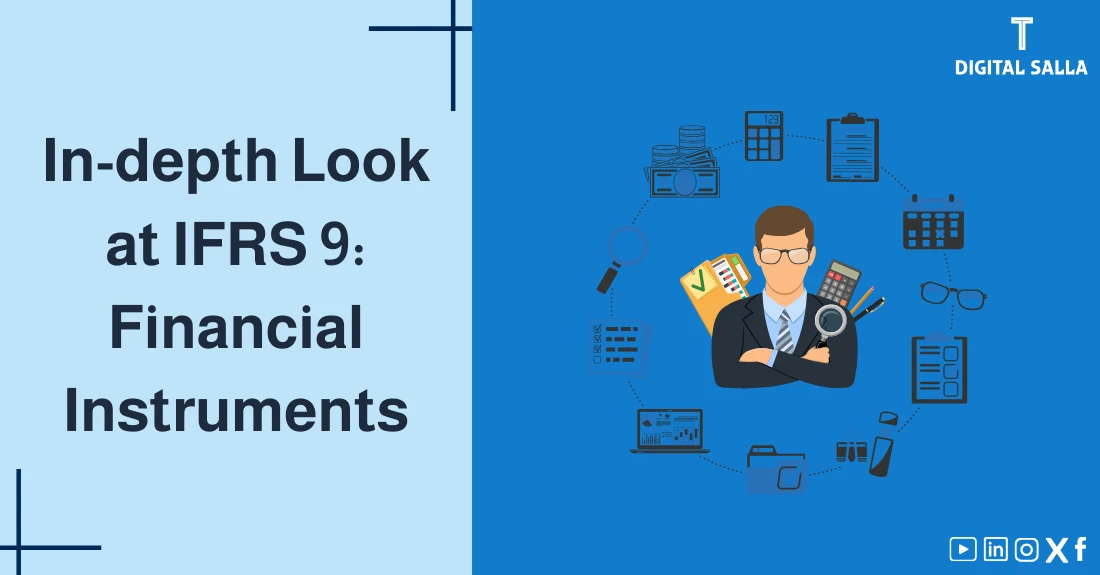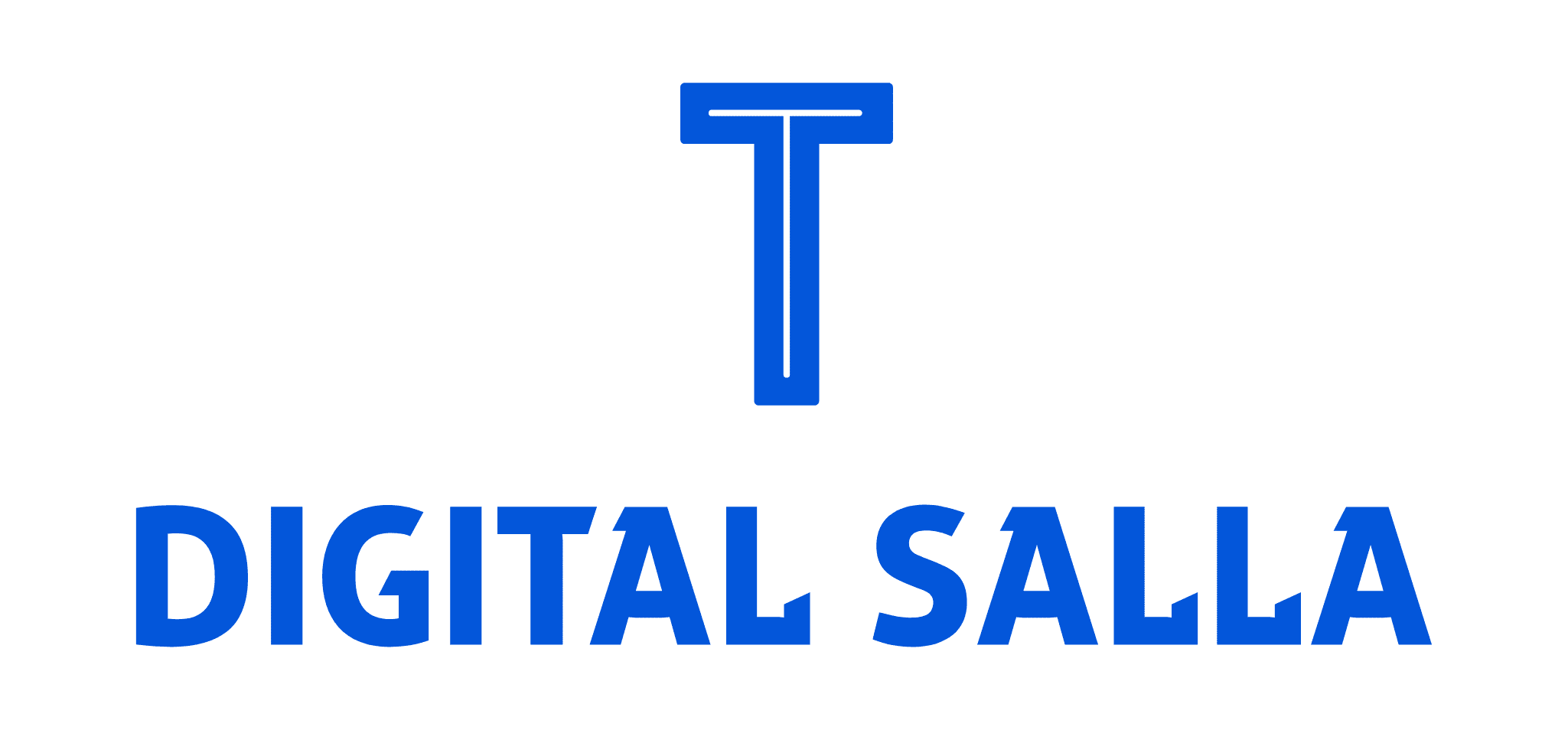In-depth Look at IFRS 9 Standard: Financial Instruments

IFRS 9 Standard, “Financial Instruments,” represents a revolution in financial accounting, providing a comprehensive framework for the classification, measurement, recognition, and disclosure of financial instruments. This standard is one of the most important and complex International Financial Reporting Standards, due to its broad impact on various sectors, especially the banking and insurance industries. This article delves into IFRS 9 Standard, discussing its objectives, scope, and key requirements. We’ll focus on the models for classifying and measuring financial instruments, the expected credit loss (ECL) model, and hedge accounting requirements. We’ll also highlight the standard’s significance and its impact on financial statements.
What is IFRS 9 Standard: Financial Instruments?
IFRS 9 Standard is an international accounting standard that dictates how entities should account for financial instruments. This includes how to classify and measure them, how to recognize expected credit losses, and how to apply hedge accounting. IFRS 9 replaced IAS 39, “Financial Instruments: Recognition and Measurement.”
Objectives of IFRS 9 Standard:
- Improve the Quality of Financial Information: IIFRS 9 Standard aims to enhance the quality and relevance of financial information related to financial instruments.
- Enhance Transparency and Reliability: IFRS 9 helps to boost the transparency and reliability of financial statements by providing a more consistent accounting framework for financial instruments.
- Provide More Useful Information for Decision-Making: IFRS 9 Standard provides information that enables investors, creditors, and other stakeholders to better assess the risks and returns associated with financial instruments.
- Better Response to Financial Crises: IFRS 9 Standard addresses some of the shortcomings of IAS 39 that emerged during the global financial crisis, particularly regarding the delayed recognition of credit losses.
- Simplify Financial Instrument Accounting:IFRS 9 Standard aims to simplify some aspects of financial instrument accounting compared to IAS 39.
Scope of IFRS 9 Standard:
IFRS 9 applies to all financial instruments, except for:
- Interests in subsidiaries, associates, and joint ventures that are accounted for under IAS 28, “Investments in Associates and Joint Ventures,” or IFRS 11, “Joint Arrangements.”
- Insurance contracts as defined in IFRS 4, “Insurance Contracts” (superseded by IFRS 17).
- Financial instruments that fall within the scope of IFRS 2, “Share-based Payment.”
- Rights and obligations under employee benefit plans (to which IAS 19, “Employee Benefits,” applies).
- Financial guarantee contracts (unless the issuer elects to apply IFRS 9).
- Leases (to which IFRS 16 “Leases” applies)
Key Pillars of IFRS 9:
The standard addresses three main areas:
- Classification and Measurement of Financial Instruments: IFRS 9 introduces a new model for classifying and measuring financial instruments, based on the contractual cash flow characteristics of the financial asset and the entity’s business model for managing financial assets.
- Classification of Financial Assets: Financial assets are classified into three main categories:
- Amortized Cost: Financial assets are measured at amortized cost if they meet both of the following conditions:
- Business Model Test: The entity holds the financial asset within a business model whose objective is to collect contractual cash flows.
- Contractual Cash Flow Characteristics Test (SPPI Test): The contractual cash flows of the financial asset are solely payments of principal and interest (SPPI) on the principal amount outstanding.
- Fair Value through Other Comprehensive Income (FVOCI): Financial assets are measured at FVOCI if they meet both of the following conditions:
- Business Model Test: The entity holds the financial asset within a business model whose objective is achieved by both collecting contractual cash flows and selling financial assets.
- Contractual Cash Flow Characteristics Test (SPPI Test): The contractual cash flows of the financial asset are SPPI. Or if the financial asset is an equity instrument (such as stocks), the company can choose to measure at fair value through other comprehensive income
- Fair Value through Profit or Loss (FVTPL): All other financial assets that do not meet the criteria for classification in the previous two categories are measured at FVTPL. This includes financial instruments held for trading and some complex financial instruments.
- Amortized Cost: Financial assets are measured at amortized cost if they meet both of the following conditions:
- Classification of Financial Liabilities:
- Amortized Cost: Most financial liabilities are measured at amortized cost.
- Fair Value through Profit or Loss: Some financial liabilities, such as those held for trading, are measured at FVTPL.
- The IFRS 9 model for classifying and measuring financial instruments is simpler and clearer than the model used in IAS 39.
- IFRS 9 focuses on how the entity manages its financial assets, making the classification more consistent with the entity’s strategy.
- Classification of Financial Assets: Financial assets are classified into three main categories:
- Expected Credit Losses (ECL) Model: This standard introduces a new model for recognizing credit losses, based on expected losses rather than incurred losses. This model requires entities to assess the credit risk of financial instruments and recognize an allowance for expected credit losses over the life of the financial instrument. Stages of the ECL Model:
- Stage 1: Expected credit losses that result from default events that are possible within the next 12 months are recognized for financial instruments with low credit risk.
- Stage 2: Lifetime expected credit losses are recognized for financial instruments that have experienced a significant increase in credit risk since initial recognition.
- Stage 3: Lifetime expected credit losses are recognized for financial instruments that are considered credit-impaired.
- Earlier Recognition of Credit Losses: The IFRS 9 model leads to faster and more proactive recognition of credit losses compared to the incurred loss model in IAS 39.
- Improved Quality of Financial Information: The IFRS 9 model provides more accurate information about the credit risk to which an entity is exposed.
- Enhanced Financial Stability: The earlier recognition of credit losses contributes to enhancing the financial stability of entities, especially banks and financial institutions.
- Hedge Accounting: This standard provides a more flexible framework for hedge accounting and aims to better align hedge accounting with an entity’s risk management activities. IFRS 9 allows companies to use hedge accounting if the hedging instrument and the hedge relationship meet certain conditions. Types of Hedge Relationships:
- Fair Value Hedge: Hedging the exposure to changes in the fair value of an asset, liability, or a firm commitment.
- Cash Flow Hedge: Hedging the exposure to variability in cash flows.
- Net Investment Hedge: Hedging the foreign currency risk of a net investment in a foreign operation.
Impact of IFRS 9 Standard on Financial Statements:
- Statement of Financial Position: Applying IIFRS 9 Standard may lead to changes in the classification and measurement of financial instruments, affecting the value of assets and liabilities on the statement of financial position.
- Statement of Profit or Loss: Applying IFRS 9 Standard may lead to changes in the timing of recognition of credit losses, affecting net profit.
- Statement of Other Comprehensive Income: Changes in the fair value of certain financial instruments may result in unrealized gains or losses that are recognized in the statement of other comprehensive income.
- Disclosures: IFRS 9 imposes comprehensive disclosure requirements about financial instruments and related risks, increasing the volume and scope of disclosures in the financial statements.
Importance of IFRS 9 for Companies:
IFRS 9 is an important standard for all companies that deal with financial instruments, as it helps them to:
- Comply with International Financial Reporting Standards: IFRS 9 Standard ensures that companies account for financial instruments consistently with IFRSs.
- Improve the Quality of Financial Reporting: Applying IFRS 9 Standard leads to improved quality and transparency of financial information related to financial instruments.
- Enhance Investor Confidence: IFRS 9 helps build investor confidence by providing more accurate and reliable information about credit risks and returns associated with financial instruments.
- Better Risk Management: IFRS 9 provides a more suitable accounting framework for risk management, helping companies to better assess and manage credit risk and market risk.
Challenges in Applying IFRS 9 Standard:
- Complexity of the Standard: IFRS 9 is relatively complex, and its understanding and application may require specialized accounting expertise.
- Need for Historical Data: Applying the ECL model requires the availability of sufficient historical data on credit risk.
- Judgment: Applying some of the requirements of IFRS 9 may require the use of judgment, which may lead to differences in application between companies.
- Cost: Applying IFRS 9 may be costly, especially for small and medium-sized enterprises, as it requires updating accounting systems and training staff.
Role of Technology in Applying IFRS 9 Standard:
Accounting software and Enterprise Resource Planning (ERP) systems help in applying IFRS 9 Standard more efficiently and accurately through:
- Automating the process of classifying and measuring financial instruments.
- Automatically calculating expected credit losses.
- Managing hedge relationships and performing effectiveness tests.
- Generating the reports necessary to comply with disclosure requirements.
The Future of Financial Instrument Accounting:
The International Accounting Standards Board (IASB) continues to review and update IFRSs, including IFRS 9. Technological developments, such as artificial intelligence and big data analytics, are expected to lead to substantial changes in how companies account for financial instruments in the future.
Conclusion:
IFRS 9 Standard provides a comprehensive accounting framework for financial instruments and is an important step towards improving the quality and transparency of financial reporting. Companies that fall within the scope of IFRS 9 must comply with its requirements to ensure the proper recognition, measurement, and disclosure of these instruments. Understanding IFRS 9 is essential for accountants, auditors, investors, and anyone seeking to understand the financial statements of companies that deal with financial instruments. As financial markets continue to evolve and new financial instruments emerge, IFRSs, including IFRS 9 Standard are expected to continue to be updated to keep pace with these developments and provide relevant and reliable financial information to users of financial statements.
